
-
- Table of Contents
Gin Rummy - Learn Its Rules & How to Play Gin Rummy
Gin Rummy
In rummy, there are several variants like gin rummy, Indian rummy, Shanghai rummy, kalooki, and 500 Rum. Out of these, Indian rummy and Gin rummy gained the most popularity. Gin Rummy started gaining its importance when it became the American fad in the 1940s. As per rumors, it was invented by Hollywood producer Elwood Baker and his son Charles Baker. Soon after, the card games spread to myriad places around the world. Today, card games are recognized as popular games. Card lovers can now plan gin rummy online and relive the card-playing days from their past. So what could be the reason behind its popularity? Read on to find out as we dig deeper into the game.
What is Gin Rummy?
Gin rummy is a popular variant of rummy that is quick and easy to play. Usually, two players participate in a gin rummy game and play using a standard deck of 52 cards. Unlike Indian rummy, this variant does not use jokers. Gin rummy requires players to apply more strategic thinking and focus on better planning techniques. After classic rummy, gin rummy is also counted among the best card games in India. It can be played in a variety of settings, from casual games with friends and family to competitive tournaments in online gin rummy game.
The rank of cards from lowest to highest is as follows:
K, Q, J, 10, 9, 8, 7, 6, 5, 4, 3, 2, A
The value of face cards (K, Q, J) is 10 points each, A is worth 1 point, and the numbered cards are worth their face values.
The Objective of Gin Rummy
The objective of the gin rummy game is similar to that of classic gin rummy. In gin rummy, the player's aim is to arrange cards in sequences and sets and have minimum deadwood at the end of the game for which you should know how to play gin rummy. Gin rummy is played for several rounds, and the game gets over when a player reaches 100 points. The game is typically played between two players using a standard deck of 52 cards without jokers.
Gin Rummy Rules
- In a gin rummy game, a deck of cards is spread out on the table, and all the players are asked to pick a card from the deck. The player who knows how to play gin rummy is aware that when you draw the highest card from the deck, the player gets to decide where to sit and distribute ten cards to each player.
- The top card of the stock is placed facing up i.e, next to the discarded pile. Moving forward, the player who wins the game becomes the dealer in the next game.
- As per the gin rummy rule book, every player is dealt 10 cards each. To create the stock, the remaining cards are arranged face down. The discard pile is created by taking a card from the stock and setting it to face up on the table.
- When the game begins, a player draws a card from the stock or discard pile. If the drawn card does not help create a meld, the player can pass that card without discarding any card from his/her hand. The next player has the choice to take that card to create a meld or pass that card without discarding any card from his/her hand.
- On the second turn, unlike in the first turn, the first player will need to draw a card from the stock and discard a card from his/her hand. The game proceeds in this way, and the players keep drawing and discarding cards to create melds.
- In gin rummy, the rule is that the players have to arrange 10 cards in sequences and sets. The ace is the lowest card and can be grouped with twos and threes only.
- When the value of a player’s unmatched cards does not exceed 10 points, the player can choose to knock. However, it is not a necessary move. Players can continue playing to improve their hands and make a gin.
- On melding all the cards, the gin rummy rules to be followed are, the player has to place the last card remaining, face down and declare ‘GIN’. Alternatively, players can also choose to undercut when the opposing player folds and shows his/her cards. (For better understanding and an appropriate game sequence, it is advisable to be aware of all how to play Gin Rummy Game rules.)
A player wins the game if they declare a gin successfully. When a player knocks, however, both players get an equal chance of winning the game.
Important Terminologies Used in Gin Rummy
Set: A set is a group of three or four cards of the same rank but different suits. For example, 5♥-5♠-5♣; K♦-K♣-K♥-K♠
Sequence: A sequence is a group of three or more sequential cards of the same suit. For example, A♣-2♣-3♣; 8♦-9♦-10♦
Stock: A stock is a deck of cards that is placed upside down. Players need to draw one card from the stock on each turn
Discard pile: The cards discarded on every turn form the discard pile. This pile is placed next to the stock, and the cards are visible to everyone
Deadwood: Cards that remain ungrouped are known as deadwood
Going Gin: Going gin indicates that a player has arranged all the cards and has no deadwood
Big gin: When a player has melded all the cards, and the final card drawn by the player becomes a part of the meld, it is called big gin
Knocking: Knocking involves ending a round by putting the cards down on the discard pile.
When a player knocks, the opposing player gets to lay off any of his/her unmatched cards onto the knocking player’s matched cards if possible
Laying off: When a player knocks, the opponent with unmatched cards can lay off his/her cards onto the knocking player’s cards
Undercut: When the value of the knocking player’s deadwood is more than his/her opponent’s deadwood, the opponent scores points equal to the following:
Opponent’s deadwood – Knocking player’s deadwood + 10 points
How to Score in Gin Rummy
In gin rummy online, the score is calculated on the basis of deadwood and bonuses. Just like in Indian rummy, all matched cards add up to zero points, and they are only good for reducing deadwood.
Knocking points: The knocking player scores points equal to the difference between the value of his/her unmatched cards and the opponent’s unmatched cards. For example, if the knocking player has 2 points of deadwood and the opponent has 18 points of deadwood, the score of the knocking player will be 16 points (18 – 2 = 16).
Gin bonus: When a player goes gin, he/she gets 25 points as a bonus, in addition to the knocking points (if he/she chooses to knock).
Big gin bonus: When a player makes a big gin, he/she gets 31 points as a bonus.
Game bonus: When a player reaches 100 points, he/she gets a special bonus of 100 points, which gets added to his/her overall score.
Strategies to Win Gin Rummy Game
- In gin rummy, it is important to arrange your cards in sequences or sets. You can make two or three melds and keep a maximum of four unmatched cards in your hand. If you have more than four deadwood cards, you should discard them quickly.
- Collect middle cards, especially sevens, as they can be used in more combinations than the other cards. For example, 7 can be used in the following sequences: 5-6-7, 6-7-8, and 7-8-9.
- Everyone can see the cards in the discard pile. So do not pick a card from the discard pile unless it is the last card required to complete a sequence or a set.
- The ace and the king can be melded with sequential cards like 2s and 3s, and Qs and Js. Face cards have a high value, so it is important to discard them at the earliest. Discarding deadwood face cards while keeping the low number cards with you, you can increase your chances of an early knock.
- Note the cards discarded by your opponent. Find out why the card was discarded and try to figure out the type of cards in the opponent's hand. This is a useful strategy to prevent your opponent from going gin rummy.
- When you feel that you are going to lose, the best move is to knock early when and if possible.
Gin rummy is both fun and challenging at the same time. This is one of the reasons why it is the second-most popular card game after Indian rummy. If you are looking to play rummy online, you should try playing on Junglee Rummy. We are the most trusted rummy site, with over 25 million users on board. Download the rummy app right now and get a welcome bonus of up to ₹5250. Happy gaming!
Gin Rummy FAQ
What are the basic rules of Gin Rummy?
Gin rummy is a traditional card game, and it is important to be well aware of how to play gin rummy. In Gin rummy, 2 players are required, and a standard deck of 52 cards is used in which Kings represent a higher value, while Aces represent a lower value.
Is gin rummy 5 or 7 cards?
In Gin rummy, at the very beginning of the game, the player is dealt 10 cards, neither 5 nor 7 cards.
How is gin rummy different from rummy?
Though Gin rummy is similar to traditional Indian rummy but the major difference is that in Gin rummy, players do not showcase their cards arranged until the end of the round. Even if the opponent has made a valid run or sets in his/her hand, they will not be counted as points.
Related Post
-
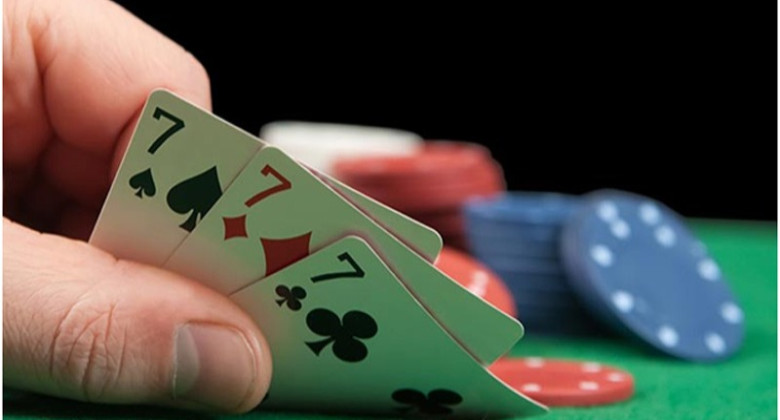 Teen Patti - What is Teen Patti Game & How to Play 3 Patti Online
Teen Patti - What is Teen Patti Game & How to Play 3 Patti Online
-
 How to Download the Junglee Rummy App on Your Mobile Phone
How to Download the Junglee Rummy App on Your Mobile Phone
-
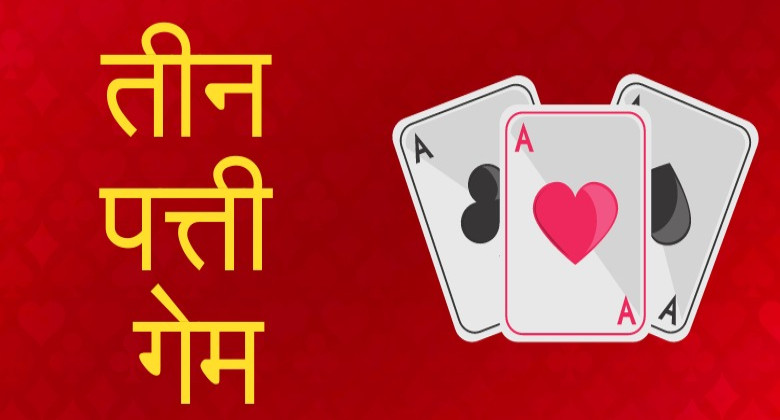 तीन पत्ती (Teen Patti/3Patti) - तीन पत्ती गेम क्या है और कैसे खेलें
तीन पत्ती (Teen Patti/3Patti) - तीन पत्ती गेम क्या है और कैसे खेलें
-
 13 Best Paisa Kamane Wale Games (पैसा कमाने वाले गेम्स) और रियल कैश जीतें
13 Best Paisa Kamane Wale Games (पैसा कमाने वाले गेम्स) और रियल कैश जीतें
-
 Online Game Cash Withdrawal and Instant UPI Withdrawal Games
Online Game Cash Withdrawal and Instant UPI Withdrawal Games
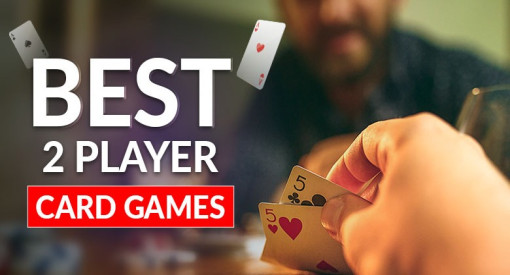
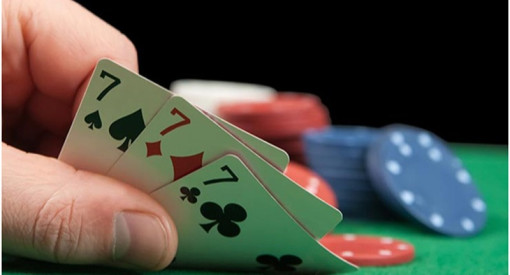




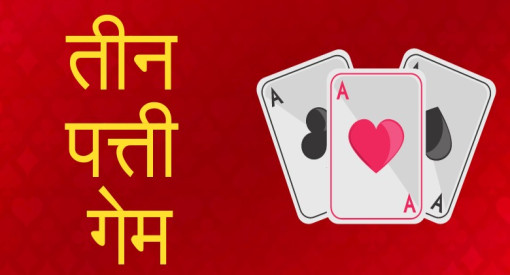


-17213832177155.png?v=1721383218)
